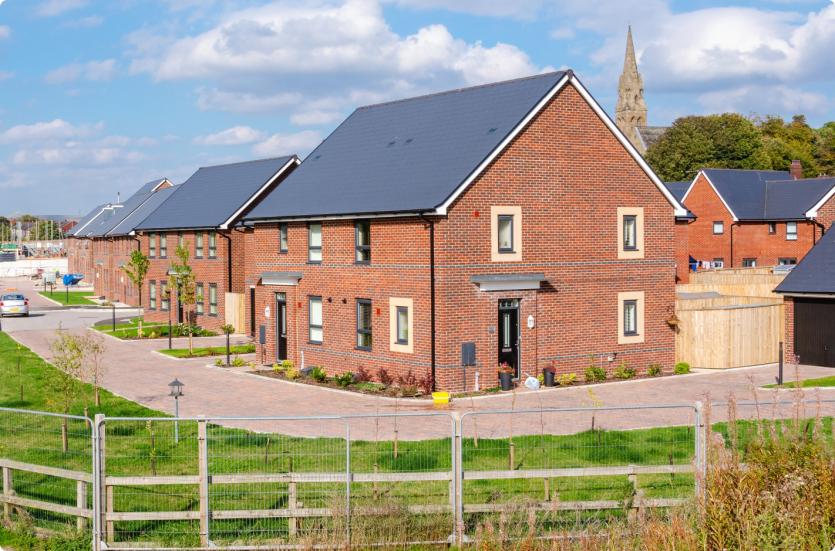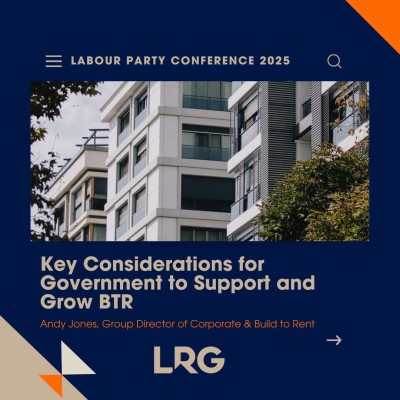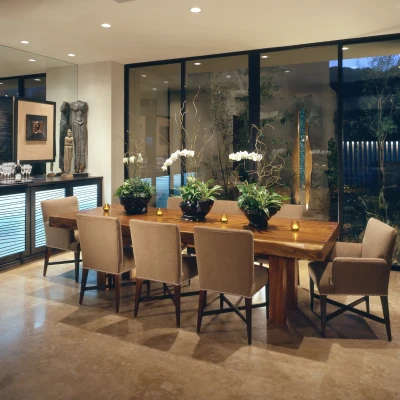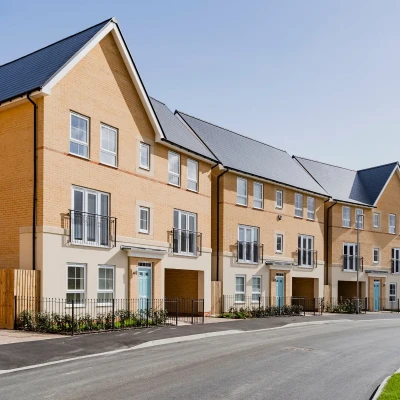2023 Outlook - a good year for the BTR sector - Property Reporter

2022 has been a difficult year for much of the private rented sector (PRS), with landlords continually challenged by the Government’s intention to ‘professionalise’ the sector and rid it of the archetypal 'rogue landlord' – although, as its policy paper admitted, this constitutes a small fraction of all landlords.
The Government’s clear intention is to pass that opportunity to institutional investors and corporate landlords, and the sector has responded accordingly. Analysis released by the British Property Federation (BPF) on 20 October states that the sector is set to be worth £170bn by 2032 due to the number of Build to Rent (BTR) units in the UK rising from 76,800 to over 380,000.
The withdrawal of thousands of landlords from the market has led to a significant shortage of rental properties: according to Rightmove, the number of tenants in the UK increased by 6% in 2022 but this coincided with 50% fewer properties being available, and we have seen similar figures across our Leaders and Romans branches.
Everything points to a need for more family homes for rent: the English Housing Survey 2022 states that households renting privately has increased by 93% in the last 15 years, while the number of owner-occupied households has grown by just 3% over the same period. According to Government figures, the number of renting households with dependent children has doubled since 2003/4, making up 30% of the sector. The same figures show that the numbers of ‘comfortable renters’ are expanding too, with this demographic representing 44% of the rental sector. These approximately 1.94 million households consist mostly of those in managerial professions, who hold degrees and are in good health. And a substantial proportion expect to remain within rented properties long term.
It is this shift in the demographic profile of renters and the significantly increased numbers choosing to rent that has turbo-charged the BTR sector.
And BTR is no longer limited geographically. From the outset, the vast majority of BTR schemes have been in London, but this has been surpassed by regional growth. The BPF’s Build to Rent Q1 2022 analysis found that whereas 5,802 completed BTR homes were in in Capital, 5,901 were in the regions. It reported that regional BTR grew 16% year-on-year (58% of the total BTR sector pipeline); London, meanwhile, lags behind slightly with 12% year-on-year sector growth (42% of the pipeline).
And so the BTR suburban community has evolved. Providing desirable homes for families in fully-functioning serviced communities, this new product – which offers growing families considerable flexibility and a wide range of options for a stress-free lifestyle, is undoubtedly the division of the property sector in which we will see the greatest growth over the next decade. A BTR suburban community allows an individual or family to occupy a house which can be made their own - but could be swapped for another as the family’s needs change, with each move being free from the complications of buying and selling. Typically a BTR suburban community offers 24/7 security, all-inclusive bills and a range of additional services such as cleaning, gardening and even dog-walking. Some are powered by a district heating system, using clean, renewable energy and removing the need for a boiler – or even an energy bill. Future-proofed, each home will provide an EV charging point. The range of services typically available include a cinema, a BBQ area, a residents’ lounge, or perhaps a dining or party suite.
Like traditional BTR, these communities prioritise health and wellbeing, supporting active travel in the form of bicycle hire/storage, access to good public transport links and car clubs. They might also provide outdoor spaces for exercise and recreation, a gym, exercise studio or pool. And they typically support remote working though co-working spaces with meeting rooms, with superfast broadband.
Potential for expansion is almost unlimited, as those who have previously experienced the high level of service provided by traditional BTR seek family homes outside the Capital.
So despite the currently political and economic turmoil, the future for BTR suburban communities shows no sign of abating. And as the turnover of BTS properties slows down, that of BTR properties will pick up – providing the necessary security to estate agents able to adapt to the changing market.

Contact Us
Got a question, general enquiry or something else?
You may also like
Since we started in 1987 we have grown to one of the UK’s largest property groups, we can save you time and money by offering a range of services and expertise under one roof.



